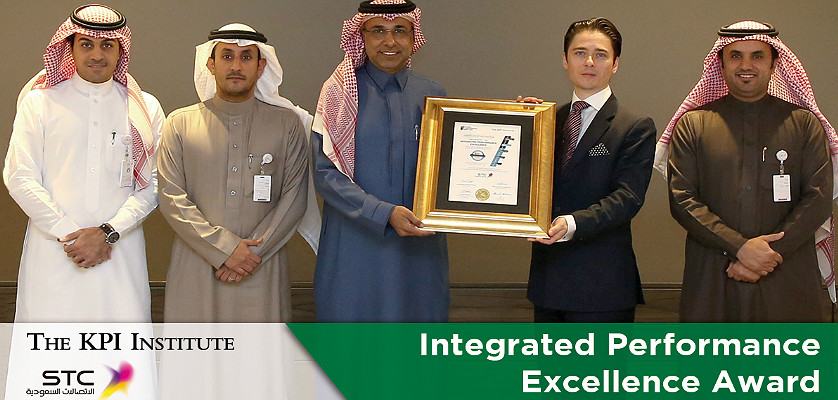5 Modern Management Techniques That Could Change the Way You Lead

Image Source: Freepik
In most cases, in small businesses within the service sector, the lack of managerial education of entrepreneurs negatively impacts the quality of the entire managerial process.
This is one of the reasons for employing modern methods of management in small companies from the third sector, in order to obtain qualitative management, even though in some specialty researches, these methods are recommended only for managers of large enterprises or businesses.
There are five types of modern methods of management:
- Management by objectives;
- Management by results;
- Management by projects;
- Management by exception;
- Management by budget.
Management by Objectives
As the name suggests, it is a management approach that systematically integrates key management activities that are geared towards achieving efficiency and effectiveness of the goals set by the organization.
In a small company, it is easier to familiarize employees with the company’s objectives, responsibilities can be established together with employees whose role in achieving them increases.
Implementing this method involves several steps, as mentioned by professors Hinescu Arcadie and Jinga Cristina:
- The preparation of the method phase: employees are familiarized with the general objectives of the company.
- The planning of the objectives phase: requires the substantiation of objectives and establishing responsibilities and performance standards together with the employees.
- The execution phase: the phase where the previously agreed upon decisions are implemented, followed by the objectives which are to be achieved.
- The results assessment phase and the application of a reward or sanction system: this method leads to a reduction of the required time for controlling, due to the application of performance criteria. Using a management contract involves, to a certain extent, that this modern method of management is a way of obtaining the results imposed through contractual clauses from the professional manager.
Management by Results
This management style is focused mainly on the obtained results, attendance, behavior and motivation of employees. Some authors do not make any clear distinctions between the method of management by objectives and management by results, considering them as simply different ways of implementing the same method.
This method is based on achieving a set of key outcomes, especially certain values of financial KPIs (such as $ Net cash flow, # Breakeven point (BEP)). Subordinates have a lesser role in this form of management. Targets are often set at management level and then imposed or negotiated with those responsible for obtaining those results.
The reward system is more rigorous than the management by objectives system, due to outstanding rewards and radical sanctions and attempts to create competition among employees to achieve the objectives.
Management by Projects
Such a method requires the establishment, within the organization, of an autonomous structure in order to facilitate the solving of a complex problem and to remove certain deficiencies of coordination.
This method requires a project manager, a graph of activities set-up in a Gantt chart with the order of the activities, their duration and required resources. The coordination of the project requires managerial knowledge on one hand, and field specialty-related know-how on the other. Those who are part of the project should not lack qualities such as creativity and innovation power.
During the project development phase, similarities may occur between how the company is organized and how the team is organized, but it is not necessarily a condition to be fulfilled. The project team can be multidisciplinary but the project leader will have a special responsibility and increased authority in order to carry out its tasks and team.
Management by Exception
It is a modern method of management, applied especially within companies already on the market for a longer period of time, more mature, situated in a period of consolidation and business development.
It assumes the fact that the manager has implemented a functional leading and tasks coordinating system and, thus, he only intervenes in decisions of major importance, or when certain specific situations are considered exceptions to the classic way of doing business.
The method is built upon the use of information taken from the company’s previous work and current and future trends, as a strategy to anticipate critical moments and to exploit favorable situations that may occur.
Management by exception has some specific features, as Samuel Certo and Trevis Certo explain in “Modern Management: Concepts and Skills:”
- It involves the separation of information and decisions into two categories:
- normal situations (which are already the default resolution mechanism and function);
- exceptional situations (which require the intervention of the superior manager);
-
It requires the implementation of a communication/information system to be able to filter the information that reaches the superior manager;
- The deviations which are to be reported to the superior manager will not be predetermined, their communication should be done only when they occur;
- The information concerning irregularities or exceptional situations will be restricted to a upward hierarchical flow, while provisions and decisions regarding the adjustment of the system will follow a downward movement;
- A clear delimitation is necessary for each decision of each decision maker, based on the hierarchical level he/she is situated on.
Unfortunately, in the case of an authoritarian management, this method does not work, because subordinates will manifest a reluctance to communicate to their superiors the abnormal situations they face.
Management by Budgets
This is a planning method that involves setting the costs of each objective of the company and trying to meet their established level. The main tool used for this modern method of management is the budget – hence the name of the method.
The method involves the participation of all the staff in achieving the objectives, flexibility of the structure and administration of the income and expenditure system, together with realistic goals setting.
The method is not usually applied alone as it is often combined with other methods of management (management by objectives, by results, or by projects).
If, in small businesses the implementation of these modern methods is limited, within larger organizations, broader mediums are created for their use, due to the existence of a larger collective that can be shaped into more complex hierarchical structures.
Both in developed countries with a functioning market economy, as well as those which are in transition, there is a tendency among entrepreneurs to focus on taking advantage of their opportunities and only to a lesser extent on risk assessment or analysis of potential adverse consequences resulted from their decisions.
In small businesses there is a need to focus their limited resources on concrete and achievable objectives, in those areas where the company’s competitive advantages ensures its best chances of success.




